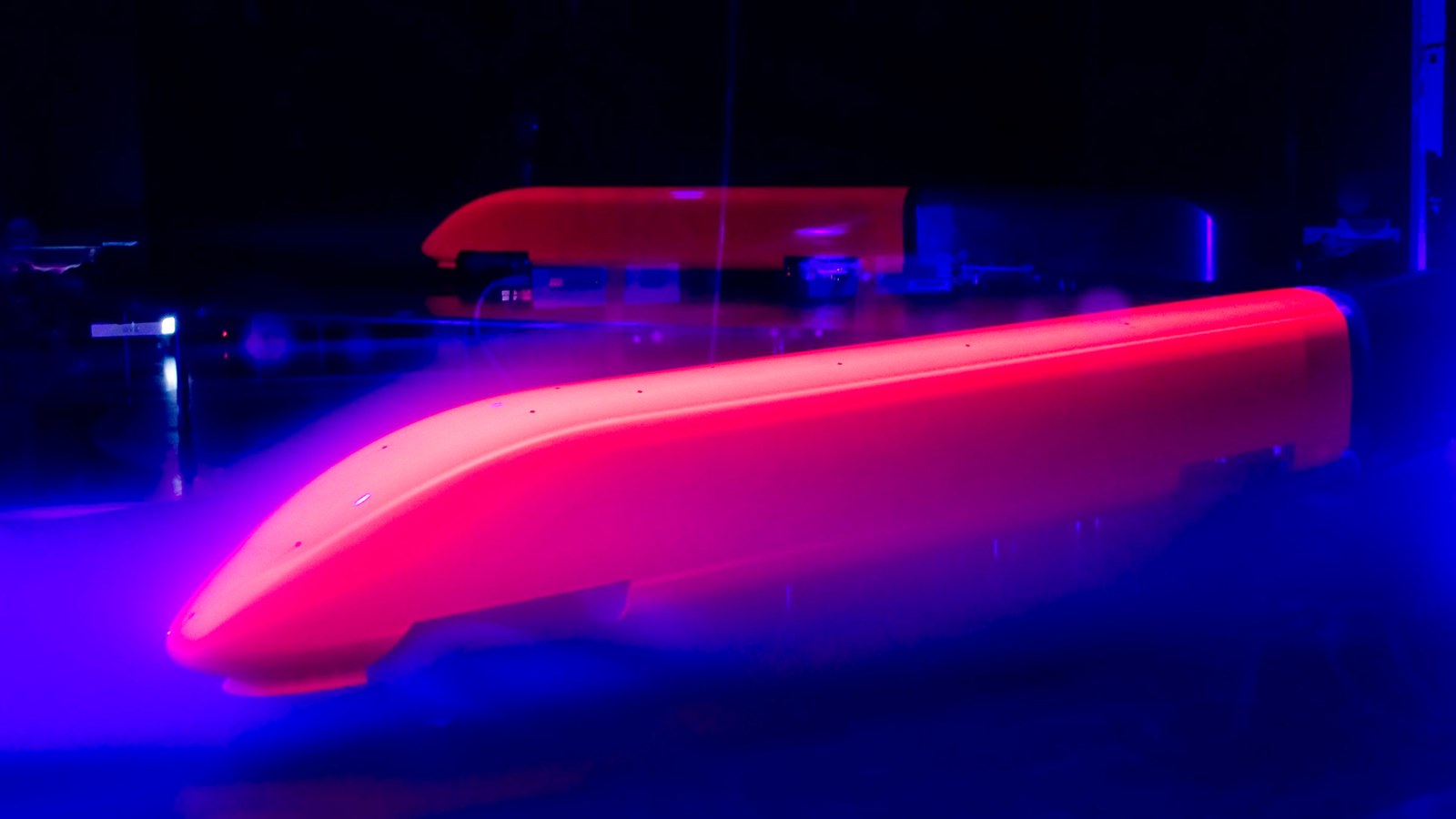Aerodynamics of Ground Vehicles

Aerodynamics of Ground Vehicles
One of the main objectives of Germany’s climate protection policy is to reduce greenhouse gas emissions. This has led to an increasing demand for aerodynamic studies on the part of automobile and rail vehicle manufacturers. In these sectors, the principal areas of research are the sensitivity of vehicles to gusts and crosswinds, noise emissions, pressure loads in high-speed traffic or when passing through tunnels, and ventilation of the passenger cabins. In response to the increasing importance of questions concerning the ventilation of passenger compartments in trains and motor vehicles, and the associated spread of pathogens, our Institute has been increasingly conducting research into problems of internal flow in connection with vehicle air-conditioning. Such investigations are conducted through experimentation and numerical simulation. Having sophisticated test stands – including a tunnel simulation facility, several wind tunnels, a train laboratory and a cabin mockup – at its disposal puts the Institute in a leading position within Europe, which is why we are able to coordinate a large number of internal and external projects. We also carry out important researchin the field of wind energy. Wind turbines must meet exacting efficiency standards and noise requirements. For thesereasons, the Institute has implemented methods for the simultaneous aerodynamic and aeroacoustic optimization of airfoils and rotor blades and is involved in international projects to that effect.
